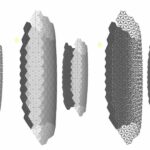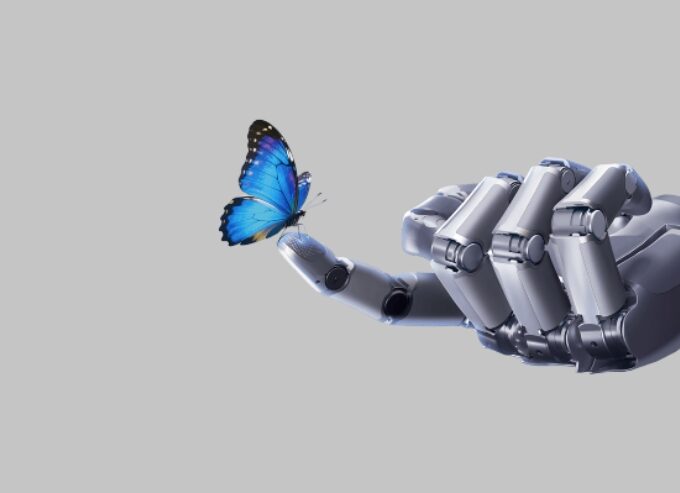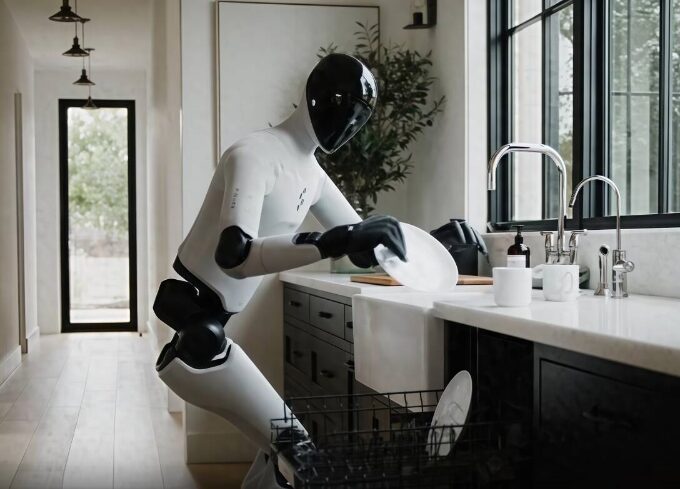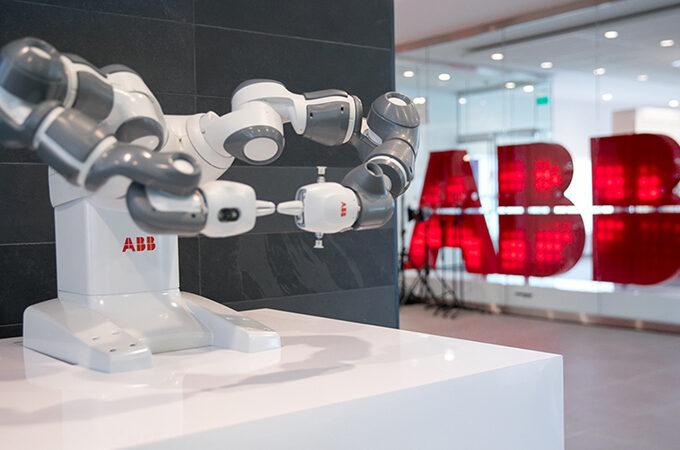Researchers at North Carolina State University in the United States have designed a new soft robot. It can perform three behaviors simultaneously: rolling forward, spinning like a record, and moving along a path that runs around a central point. The device operates without human or computer control, promising the development of flexible robotic devices that can be used to navigate and map unknown environments. The research is published in the latest Proceedings of the National Academy of Sciences.
The new soft robots, called “twisted ring robots,” are made of ribbon-like liquid crystal elastomers. These elastomers are twisted like baked spaghetti and then joined together at the ends to form a bracelet-like ring. When the robot is placed on a surface at a temperature of at least 55°C, the part of the ribbon that touches the surface shrinks, while the part exposed to air does not. This causes a rolling motion, and the higher the surface temperature, the faster the robot rolls.
The robot can also rotate along its central axis, like a record on a turntable. Moving forward, it follows an orbital path around the center point, essentially moving in a large circle. However, if it encounters a boundary, it will move along it.

Tracking the flip-spin-orbit motions of the twisted ringbot – Jie Yin, North Carolina State University
Thus, by designing the geometry, the researchers can fine-tune the robot’s behavior. For example, they can control the direction of its rotation by twisting the ribbon; they can adjust the speed by changing the width of the ribbon, the number of twists in the ribbon, etc.
In proof-of-concept tests, the twisted-ring robot was able to follow the contours of various confined spaces, could draw complex spatial contours along boundary lines, and could identify gaps or damage in the boundaries.
“Regardless of where the twisted ringbot is introduced to these spaces, it can make its way to a boundary and follow the boundary lines to map the space’s contours — whether it’s a square, a triangle, and so on,” says Fangjie Qi, first author of the paper and a Ph.D. student at NC State.
“We were also able to map the boundaries of more complex spaces by introducing two twisted ringbots into the space, with each robot rotating in a different direction,” Qi says.












Leave a comment